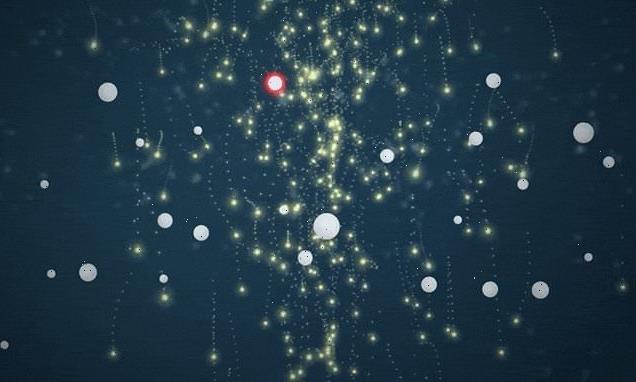Stonehenge: Thousands gather for summer solstice celebration
We use your sign-up to provide content in ways you’ve consented to and to improve our understanding of you. This may include adverts from us and 3rd parties based on our understanding. You can unsubscribe at any time. More info
British Summer Time (BST) will begin at the end of March, when the clocks spring forward to mark the new spring season. While this key event will signify the start of the warmer, brighter weather, there is still a while to wait until the official start of the summer season. The new time zone will make the days even longer throughout spring, but what’s the exact date that summer will start?
When does summer start in the UK?
Summer is the longest season of the year and is best loved for its climbing temperatures and bright, warm weather.
There are a number of ways to calculate when the season starts, though the official start date will vary in terms of the astronomical summer and the meteorological summer.
According to the Met Office, the astronomical summer begins on Tuesday, June 21 this year and will begin on the same date in 2023 too.
When does summer start in the UK?
Summer is the longest season of the year and is best loved for its climbing temperatures and bright, warm weather.
There are a number of ways to calculate when the season starts, though the official start date will vary in terms of the astronomical summer and the meteorological summer.
According to the Met Office, the astronomical summer begins on Tuesday, June 21 this year and will begin on the same date in 2023 too.

What is the astronomical summer?
The astronomical calendar determines the four seasons based on the tilt of the Earth’s rotational axis in relation to its orbit around the Sun.
Solstices and equinoxes are used to mark the key transition points between the seasons, and can vary each year depending on the Earth’s position.
Based on the astronomical calendar for 2022, the official summer season will last for three months, starting in June and ending on Friday, September 23.
This is different to the meteorological summer, which starts earlier in June and ends at the end of August.

What is the meteorological summer?
The meteorological seasons are different to their astronomical counterparts because they always fall on the same date.
According to the Met Office, the beginning of the meteorological summer will always take place on June 1 and end on August 31.
These dates are determined by the Gregorian calendar which splits the seasons into four periods made up of three months each.
In the UK, the seasons are defined as spring (March, April, May), summer (June, July, August), autumn (September, October, November) and winter (December, January, February).
DON’T MISS:
Plant pests: The 5 most common garden pests to watch out for in spring [REVEAL]
How to kill moss – five ways to banish moss and keep it away for good [INSIGHT]
Prince William stands with hands on hips in Caribbean for key reason [ANALYSIS]

When does British Summer Time start?
British Summer Time begins on the last Sunday of March each year and is used to mark the part of the year when the clocks are one hour ahead of Coordinated Universal Time (UTC), previously known as Greenwich Mean Time (GMT).
This year, British Summer Time will begin on Sunday, March 27, at 1am – when the clocks go forward.
The clocks won’t go back again until 2am on Sunday, October 27, which will mark the end of British Summer Time.
When is the summer solstice?
The summer solstice falls in line with the start of the astronomical summer season.
In 2022, this event will take place on the official start date of summer, Tuesday, June 21.
According to NASA, equinox means “equal night” in Latin, referring to the idea that day and night are equal lengths.
The summer solstice occurs when the tilt of the Earth’s axis is most aligned with the Sun, providing us with the most daylight of the year.
After June 21, the nights will begin to close in as we begin to rotate with the northern hemisphere, tilting further from the Sun.
Eventually, we will reach the winter solstice which marks the shortest day of the year, when the Earth’s North Pole tilt is positioned at the furthest point from the Sun.
Source: Read Full Article

